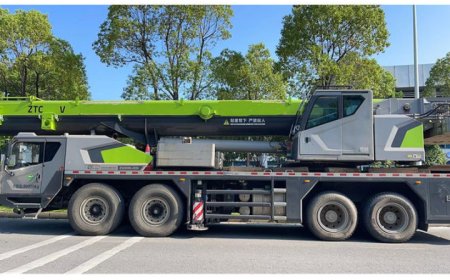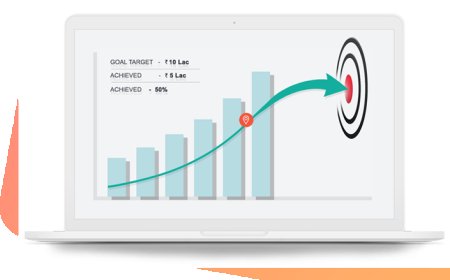Fuel Types in the UK: Understanding the Options in 2025

The UKs vehicle fuel landscape is rapidly changing. With ambitious government targets to reduce carbon emissions and improve air quality, the types of fuel powering vehicles are evolving. Traditional petrol and diesel fuels have dominated for decades, but cleaner alternatives are gaining popularity. This article explores the main fuel types used in the UK today, their benefits, drawbacks, and future outlook.

Petrol
Petrol, or unleaded petrol, is one of the most common fuels for vehicles in the UK. Since 2021, most petrol sold is E10, meaning it contains up to 10% ethanol, a renewable biofuel additive. Petrol engines are typically found in smaller cars and are well-suited for city and short-distance driving.
Advantages:
-
Readily available at virtually all fuel stations.
-
Generally, vehicles running on petrol are cheaper to purchase.
-
Petrol engines tend to be quieter and smoother.
Disadvantages:
-
Produces carbon dioxide (CO?), contributing to climate change.
-
Less fuel-efficient compared to diesel engines on long journeys.
-
New petrol car sales will be banned by 2035 in the UK.
Diesel
Diesel fuel has been a popular choice for larger vehicles, vans, and long-distance drivers due to its efficiency and torque. Diesel engines tend to provide better mileage and are robust for heavy-duty use.
Advantages:
-
More fuel-efficient, especially on highways.
-
Better suited for towing and carrying heavy loads.
-
Engines often last longer due to their design.
Disadvantages:
-
Produces nitrogen oxides (NOx) and particulates, which harm air quality.
-
Diesel vehicles face higher taxes and restrictions in urban low-emission zones.
-
Sales of new diesel cars will also end by 2035.
Electric Vehicles (EVs)
Electric vehicles run entirely on electricity stored in batteries. They are growing rapidly in popularity, supported by government incentives and expanding charging infrastructure.
Advantages:
-
Zero tailpipe emissions, significantly reducing pollution.
-
Lower running and maintenance costs compared to combustion engines.
-
Exempt from many road taxes and congestion charges.
Disadvantages:
-
Higher upfront costs, although prices are decreasing.
-
Limited driving range compared to petrol or diesel vehicles (though improving).
-
Charging times are longer than refuelling a traditional vehicle.
Plug-in Hybrid Electric Vehicles (PHEVs)
PHEVs combine an electric motor with a petrol or diesel engine. They can be driven on electric power for short distances and switch to fuel for longer trips, offering flexibility.
Advantages:
-
Reduced emissions on short trips when running on electric power.
-
No range anxiety thanks to the petrol/diesel engine backup.
-
Can ease drivers into fully electric vehicles.
Disadvantages:
-
More complex and heavier than conventional cars.
-
Still rely on fossil fuels for longer journeys.
-
To maximize benefits, the battery must be charged regularly.
Hydrogen Fuel Cell Vehicles
Hydrogen fuel cell vehicles generate electricity by combining hydrogen gas with oxygen, producing only water vapour as a byproduct. This technology is still emerging in the UK.
Advantages:
-
Zero harmful emissions.
-
Fast refuelling times, similar to petrol or diesel vehicles.
-
Suitable for heavy vehicles and longer distances.
Disadvantages:
-
Very limited hydrogen refuelling stations in the UK.
-
High costs and developing infrastructure.
-
Hydrogen production can be energy-intensive unless produced renewably.
Conclusion
The UKs fuel landscape is shifting from traditional fossil fuels to cleaner, more sustainable alternatives. Petrol and diesel vehicles remain common but face regulatory pressure and eventual phase-out. Electric and hybrid vehicles are rapidly gaining ground, while hydrogen shows promise for the future. Understanding these fuel types helps consumers make informed choices as the UK moves toward greener transport.


































